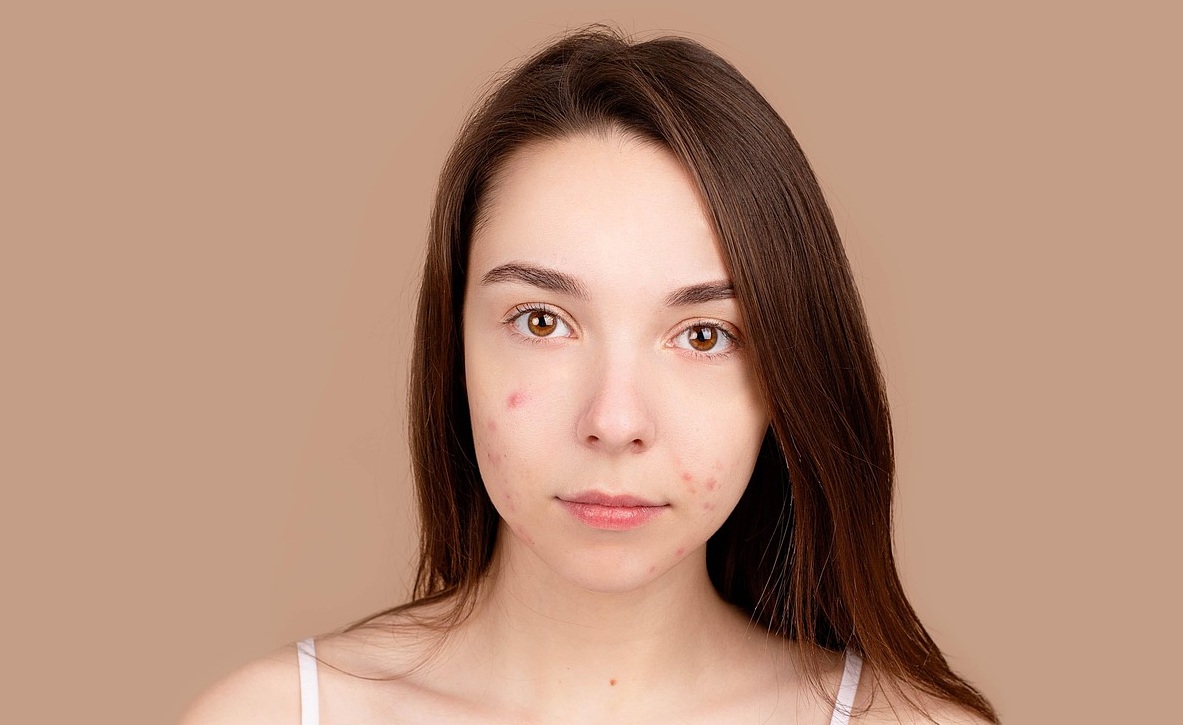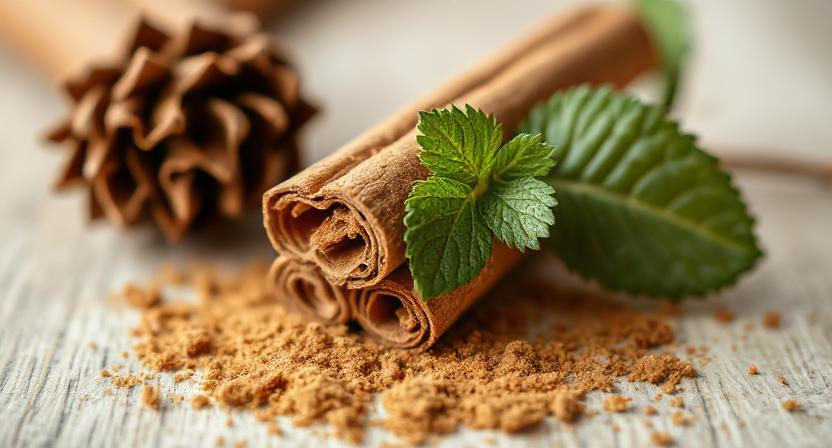Whitehead pimples are a common skin issue, often linked to acne. With their pus-filled, white or yellowish tip, these pimples can be tempting to pop, but is it safe? Let’s explore the risks, benefits, and best practices for handling a whitehead pimple.
What Is a Whitehead Pimple? 🔍
A whitehead pimple forms when a pore gets clogged with oil, dead skin cells, and bacteria, creating a small, pus-filled bump. Unlike blackheads, whitehead pimples are closed, with a thin layer of skin covering the pore, giving them their white appearance. These pimples often appear as part of acne, affecting areas like the face, back, or chest.
Should You Pop a Pimple?
- Risk of Scarring: Popping a pimple can damage the skin, leading to scars or pitted marks that are hard to treat.
- Infection: Using unsterilized tools or hands can introduce bacteria, worsening inflammation or causing more pimples.
- Spreading Bacteria: Squeezing a pimple may push pus and bacteria deeper into the skin, potentially creating larger, more painful cysts.
- Delayed Healing: Popping a pimple disrupts the skin’s natural healing process, slowing recovery.
So When Is It Okay to Pop a Whitehead Pimple? ⏳
If you feel compelled to pop a whitehead pimple, only do so if it is:
- Fully formed with a visible, soft white tip.
- Not overly inflamed or painful.
- On the skin’s surface, not deep within.
How to Safely Pop a Whitehead Pimple 🧼
If you decide to pop a whitehead pimple, follow these steps to reduce risks:
Option 1: Use a Warm Washcloth to Encourage Drainage 💚
- Cleanse the Area: Wash your face with a gentle cleanser and warm water to remove dirt and oil. Pat dry with a clean towel.
- Apply a Warm Compress: Soak a clean washcloth in warm water and gently press it against the pimple for 15 minutes. This softens the skin and opens the pores to encourage drainage.
- Repeat as Needed: If the pimple doesn’t drain easily, wait a day or two and try again. Some dermatologists suggest repeating this process 3–4 times daily until the pimple drains naturally.
- Monitor for Pain: If you feel pain while applying the compress, stop immediately. Pain may indicate a deeper acne infection that requires professional treatment.
- Clean and Treat: Once the pimple drains, clean the area with an antiseptic and apply a spot treatment to reduce inflammation.
Option 2: Use a Warm Compress in Combination with Gentle Pressure 🩵
- Cleanse the Area: Wash your face with a gentle cleanser and warm water to remove dirt and oil. Pat dry with a clean towel.
- Sterilize Tools and Hands: Wash your hands thoroughly. If using a tool like a comedone extractor, sterilize it with rubbing alcohol. Alternatively, wrap your fingers in clean tissue or use sterile gloves.
- Soften the Skin: Apply a warm compress (a clean washcloth soaked in warm water) to the pimple for 5–10 minutes. This softens the skin and makes the pus easier to extract.
- Gently Apply Pressure: Using clean fingers or a sterilized comedone extractor, press lightly around the pimple (not directly on the whitehead) to encourage the pus to come out. Stop if it doesn’t release easily—forcing it can cause damage.
- Clean Again: Dab the area with rubbing alcohol or an antiseptic to prevent infection. Apply a spot treatment with benzoyl peroxide or salicylic acid to reduce inflammation.
- Avoid Touching: Don’t pick at the area afterward, and avoid heavy makeup or products that could clog pores and lead to more pimples.
Option 3: Puncture with a Sterilized Needle 💛
- Cleanse the Area: Wash your face and hands thoroughly with a gentle cleanser and warm water to ensure the area is clean.
- Sterilize the Needle: Take a pin or needle and disinfect it by passing it through the flame of a lighter. Let it cool before use.
- Puncture the Pimple: Carefully poke the whitehead tip of the pimple to create a small opening. This should be painless if the pimple is surface-level and ready to pop.
- Drain the Pimple: Gently press around the pimple with a damp, warm washcloth to help it drain completely. The warmth can encourage the pus to release.
- Stop if Needed: If the pimple doesn’t open or start draining immediately after puncturing, stop trying. Continuing can cause irritation or damage.
- Clean and Treat: Dab the area with rubbing alcohol or an antiseptic, then apply a spot treatment to reduce inflammation and prevent infection.
Final Thoughts 🌟
Popping a whitehead pimple can be tempting, but it’s rarely the best choice. The risks of scarring, infection, and worsening skin issues often outweigh the temporary satisfaction. If you must pop a pimple, follow strict hygiene practices and only target fully formed whiteheads.




